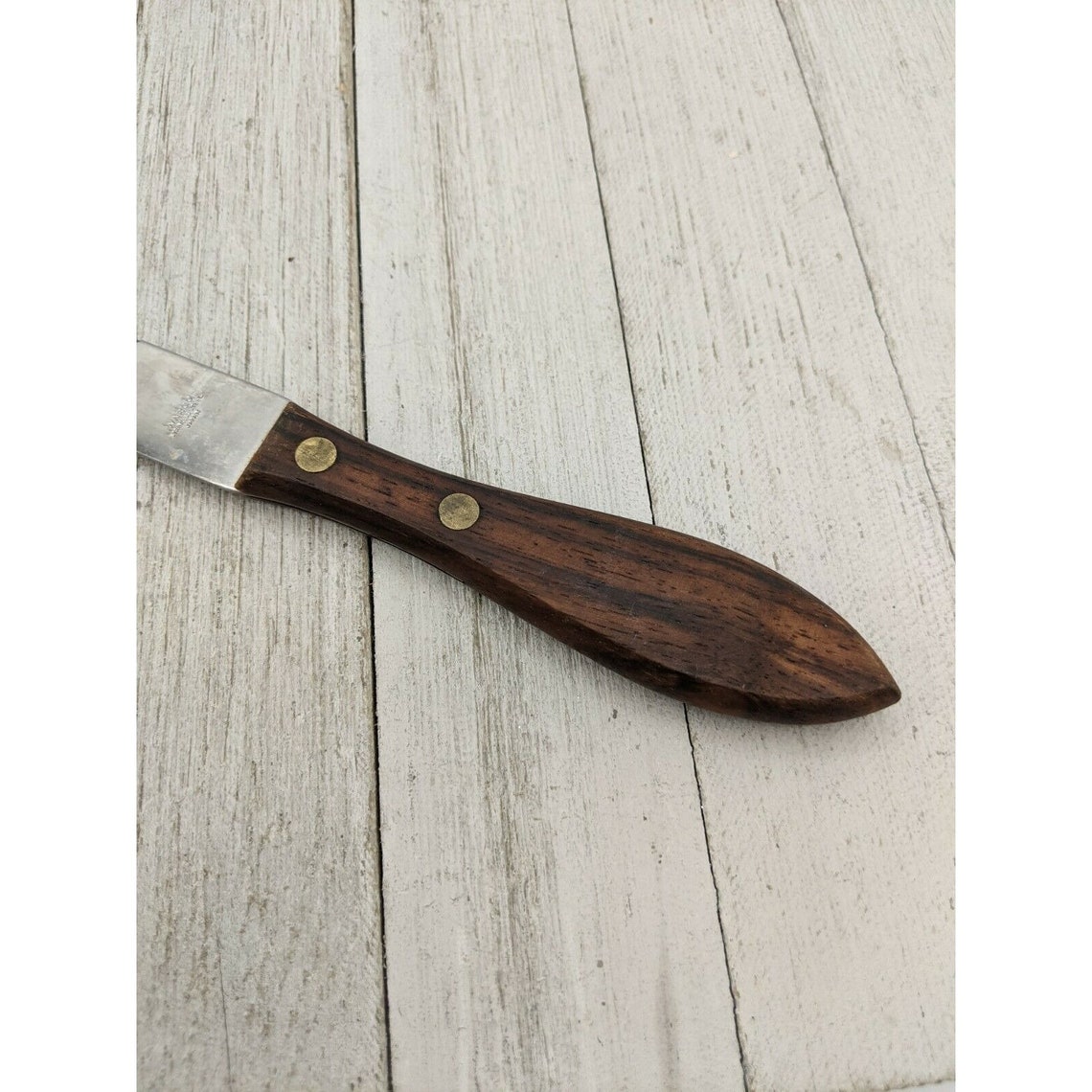

In the hands of a trained user, the knife blade can be brought forth quickly using one hand. The Balisong, called a Butterfly knife in the West, and sometimes known as a Batangas knife, is a form of folding pocket knife with two handles thatĬounter-rotate around the tang such that, when closed, the blade is concealed within grooves in the handles. It is likely that the blade shape was derived from the Spanish Navajo clasp knives carried in Spain and the Spanish colonies in the Americas. The back edge of the curved clip point, also called the "false edge," was often sharpened in order to allow someone trained in European techniques of saber fencing to execute the maneuver called the "back cut" or "back slash." A brass quillon was attached to protect the hand, usually cast in a mold. Reference books covering naval dirks invariably show the popularity catch an opponent's blade, a concept borrowed from the medieval Scottish dirk, and also often had an upper guard that bent forward at an angle, also intended to catch an opponent's blade.

Dirks were made with eitherĭouble-edged or single-edged blades, and there was no standard blade configuration. The term lock-knife or lockback knife also exists to make this distinction.Ī Scots word for a long dagger sometimes a cut-down sword blade mounted on a dagger hilt, rather than a knife blade.

The term tends to refer to a medium-sized to large knife, and implies a locking mechanism such as a twisting ring or catch that must be released in a distinct action before the knife can be folded, as opposed to the more usual sliding spring which requires only that a sufficient force be applied to the back of the knife in order for it to fold into the handle, and for which the term penknife is normally used. Knives commonly mistaken for gravity knives include OTF automatic knives, the switchblade and the butterfly knife (or balisong), and occasionally common folding knives (see penny knife).Ī weapon that looks like an ice pick and opens like a switchblade knife.Ī folding knife, strictly speaking one equipped with some means of holding the blade in the open position when in use, so that it cannot closeĪccidentally on the user's fingers. Should the knife be equipped with a spring to open the blade, it is then referred to as an Out-The-Front Automatic (OTF) knife, or a switchblade if it exits out of the side. To retract the blade back into the handle, a release lever, or linerlock is pressed. Another form is like a switchblade, but instead of a button or spring, the knife is "flipped" out of the handle, and locked into place. Of the handle point-first and locks into place. One method of opening is where the blade exits out the front The most famous example of a multi-function knife is the Swiss Army knife, some versions of which number dozens of functions and are really more of a folding multi-tool, incorporating a blade or two, than a penknife with extras.Ī knife which can be opened solely by the forces of gravity or centripetal force. Gadgets including awls, reamers, scissors, nail files, corkscrews, tweezers, toothpicks and so on, and the tradition continues with the incorporation of modern devices such as ballpoint pens, LED torches and USB flash drives. Over the last hundred years there has been a proliferation of multi-function knives with multifarious and often ingenious It may have single or multiple blades and additional tools In length, some reaching 12 inches (30cm) or more, with a relatively broad blade that was an inch and a half to two inches wide (4 to 5 cm) and made of steelĪ small folding pocket knife, originally used for cutting a quill to make a pen nib. The version mostĬommonly known as the historical Bowie knife was rather large and of massive construction, as knives go, usually having a blade of at least 6" (15cm)
#Utah laws about double sided knives series
The historical Bowie knife was not a single design, but was a series of knives improved several times by Jim Bowie over the years. The "toothpick" is balanced and weighted for throwing and can also be used for thrusting. Is essentially a heavy dagger with a pointed, straight 12-20 inch blade.


 0 kommentar(er)
0 kommentar(er)
